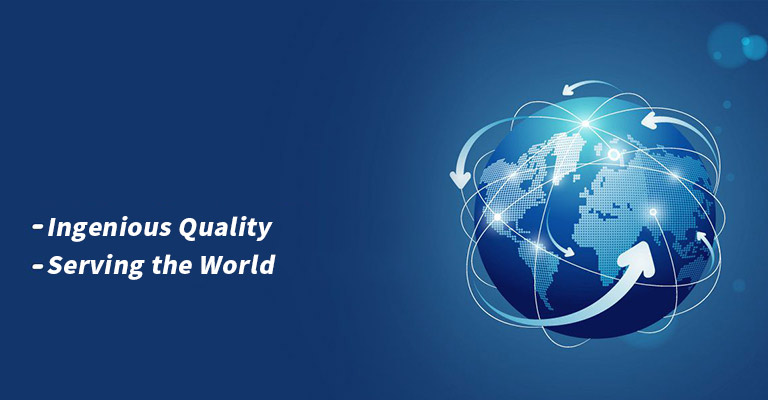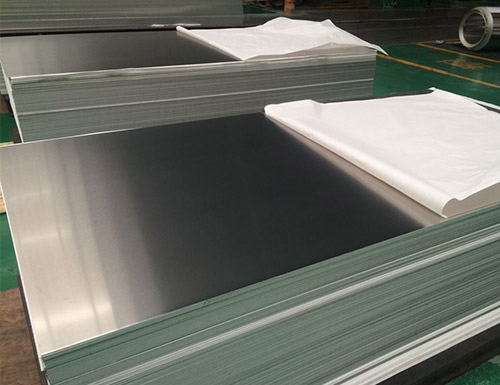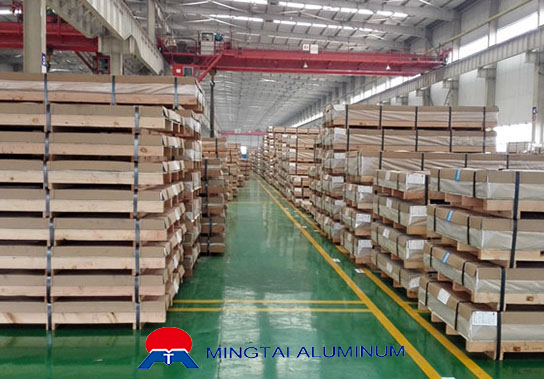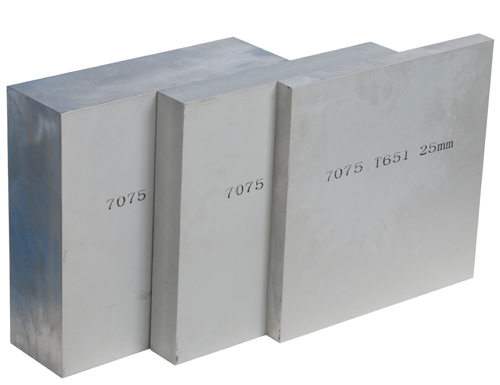Aluminum sheet cladding is being used as a popular material in various buildings

 Back
Back
2019-05-14 11:05
What is aluminium sheet cladding? With its flexibility and its chameleon ability to transform buildings, aluminium’s possibilities are only limited by our imagination.
Aluminium sheet cladding is one of the most used types of cladding for building exteriors. Aluminium is often chosen as the optimal material for building cladding for economical, functional and aesthetical reasons. The cladding comes in wide range of different cladding panels that virtually enable every building shape and form.
why aluminium cladding is becoming popular?
1. High quality billets of aluminium are extruded to create the panels, a process which allows us to create any profile, from flat, to corrugated, to a smooth wave, and much more.
Our panels can be anodised or powder coated, and come in any conceivable colour, as well as looks that mimic Corten, wood and other beautiful finishes.
Aluminium cladding doesn’t stop at extruded panels; there is the option to use expanded or perforated mesh and to screen print onto both panels and mesh .
2. It’s lightweight and extremely durable
Aluminium isn’t just beautiful; it’s practical too. It’s extremely lightweight, which means it doesn’t place a significant load on the building’s supporting structure.
Aluminium is also extremely durable. If you put aluminium on a building, you know it is going to last.
3. It creates sustainable buildings
Aluminium cladding can help insulate, acting as a thermal ‘skin’. This isn’t just true for new buildings; old buildings can be made more energy efficient too.
Aluminium is also a truly sustainable material. It can be completely recycled and turned into other aluminium products. In fact, the CAB state that 75% of all aluminium ever produced is still in use and recycling rates for architectural aluminium are between 92%-98%.
4. It’s low maintenance and safe
Apart from periodic cleaning for aesthetic reasons, aluminium cladding needs no maintenance, which translates into a cost and ecological advantage over the lifetime of the product. Aluminium also does not burn, and is therefore classified as a non-combustible construction material.
5. It can quickly transform old and new buildings
Not only can the myriad of design options help architects to realise their dreams for new-build projects, but aluminium cladding can also revitalise old buildings. Its lightweight nature means that it can be added without needing to strengthen or change the existing building structure.It’s also very easy and quick to install, offering major cost advantages.
The majority of aluminium cladding for the building industry is pre-coated in coil prior to cladding panel manufacturing. Herewith a coating is applied to the aluminium via the coil coating method. This creates a protective layer on the underlying material that protects it against environmental factors. Aluminium is a lightweight metal that is durable, corrosion resistant and 100% recyclable. In this way, the product is made to last the lifetime of the building and beyond.














